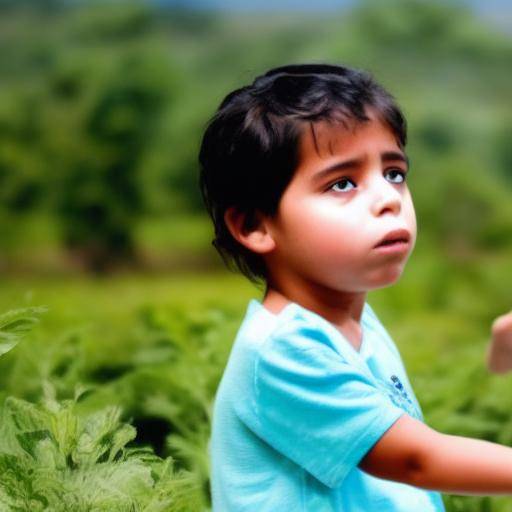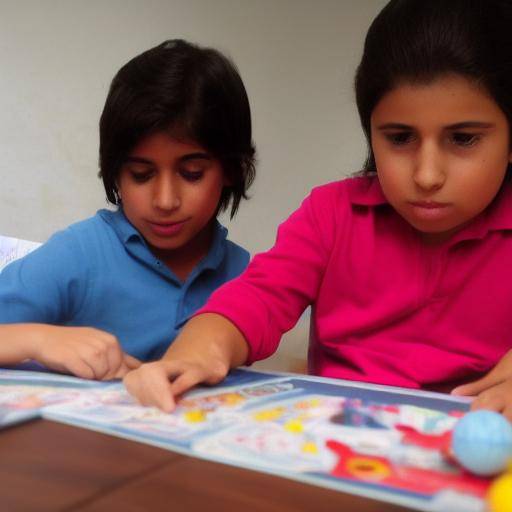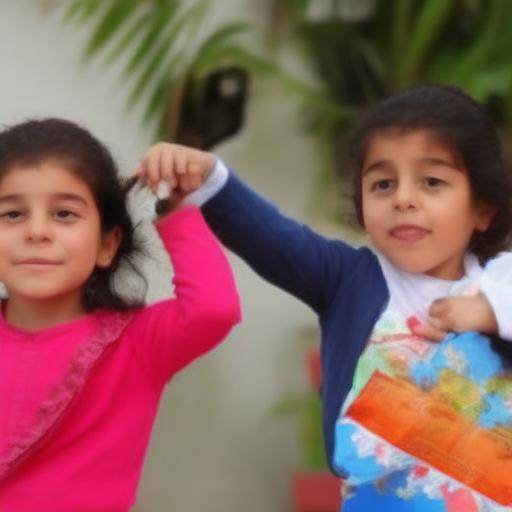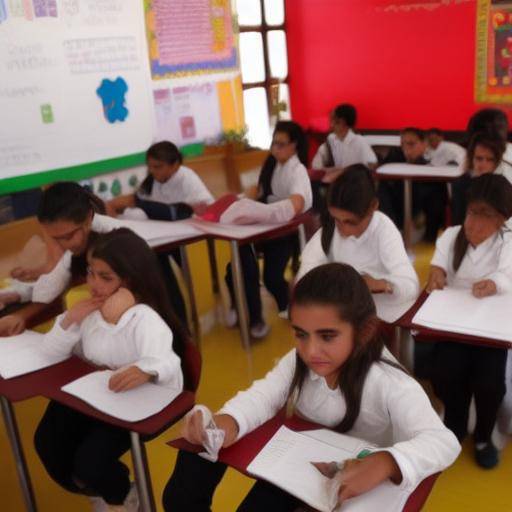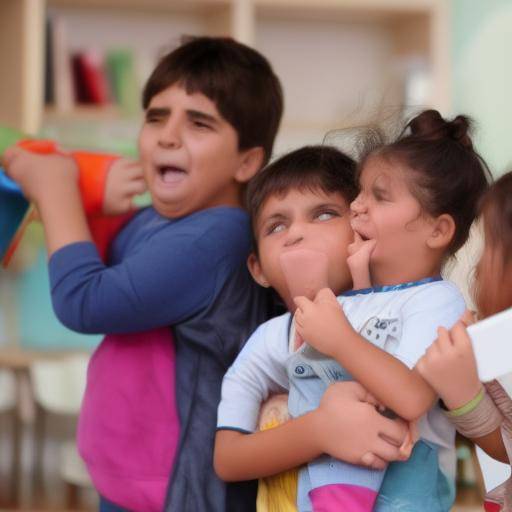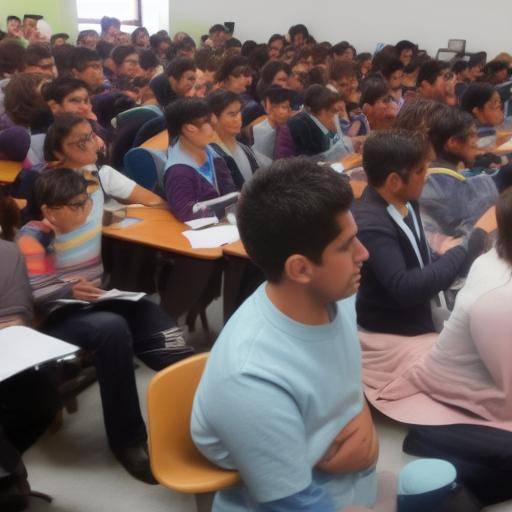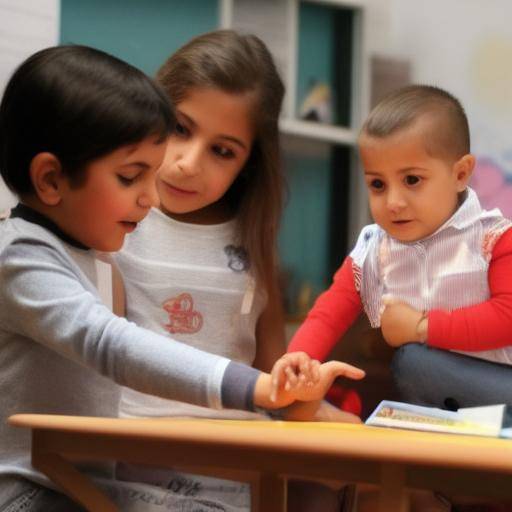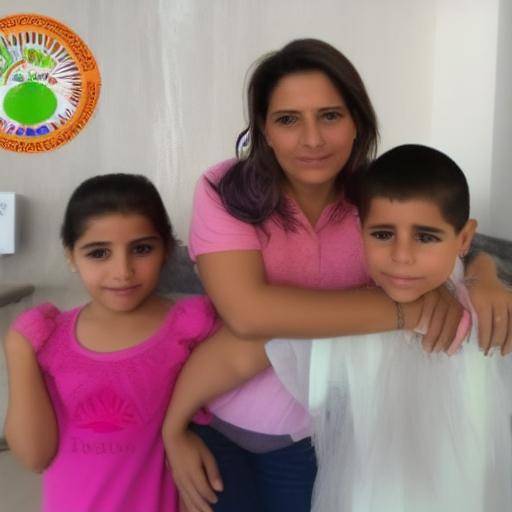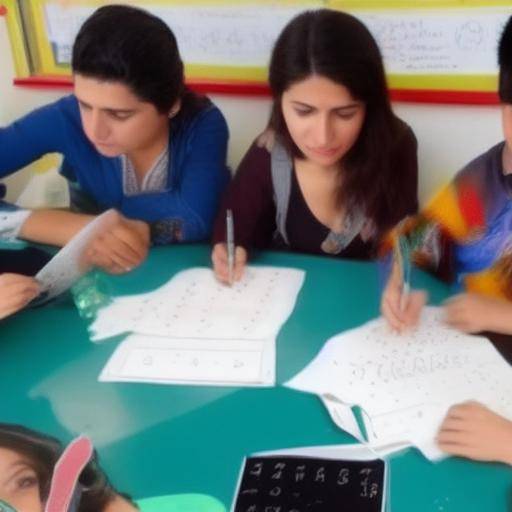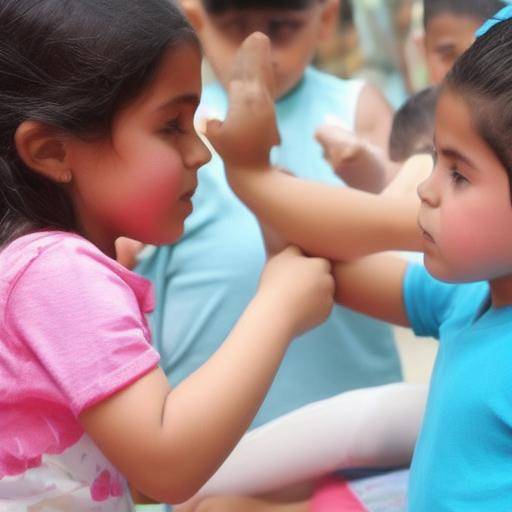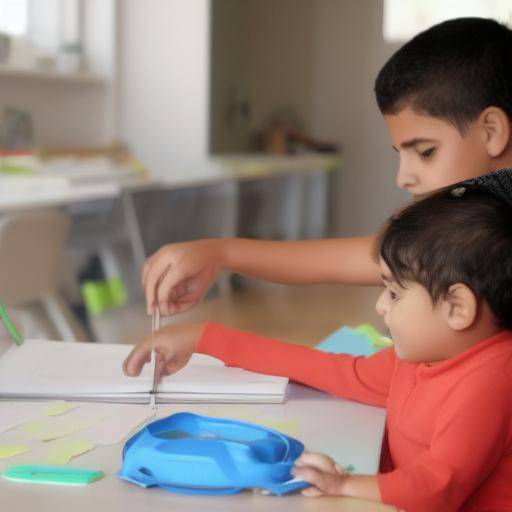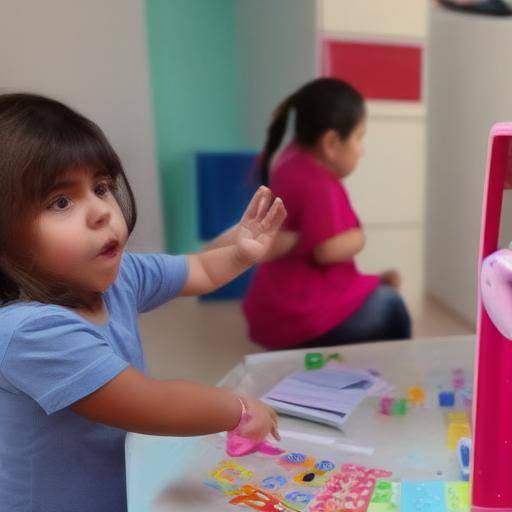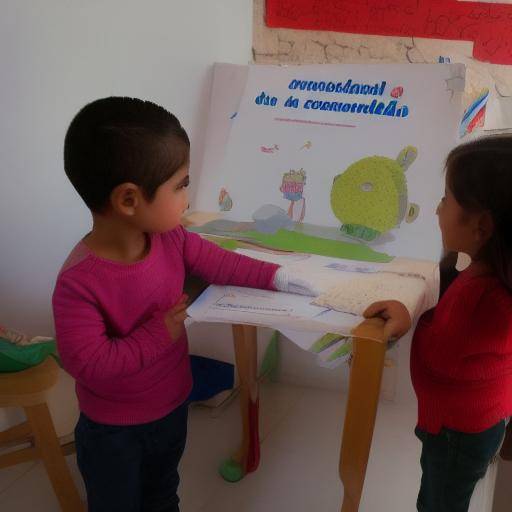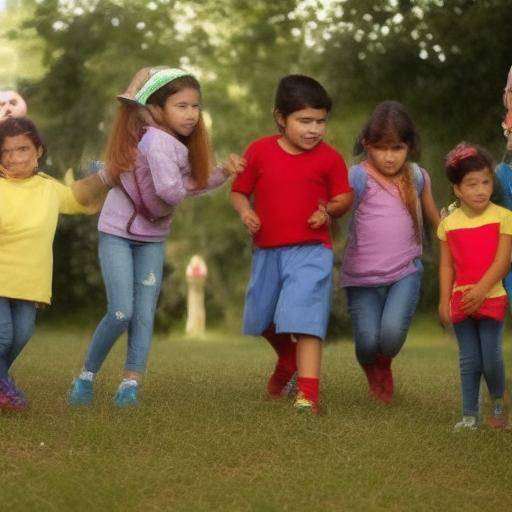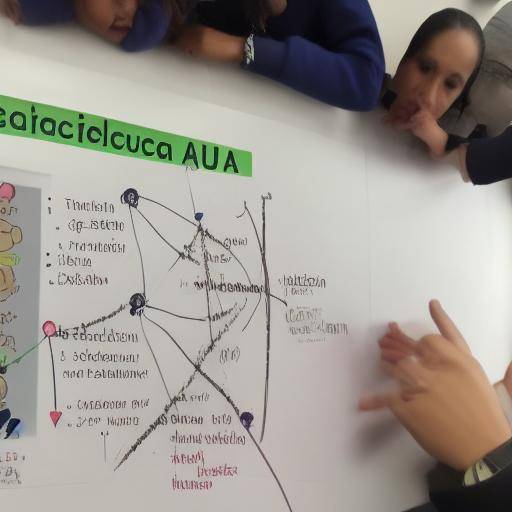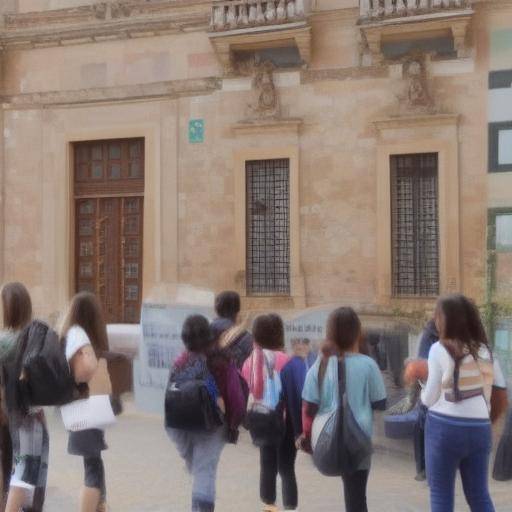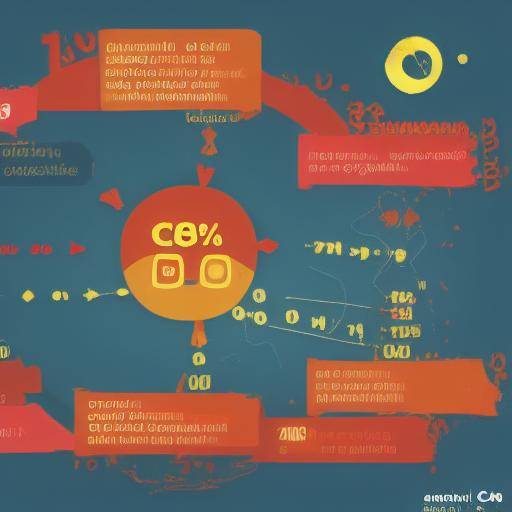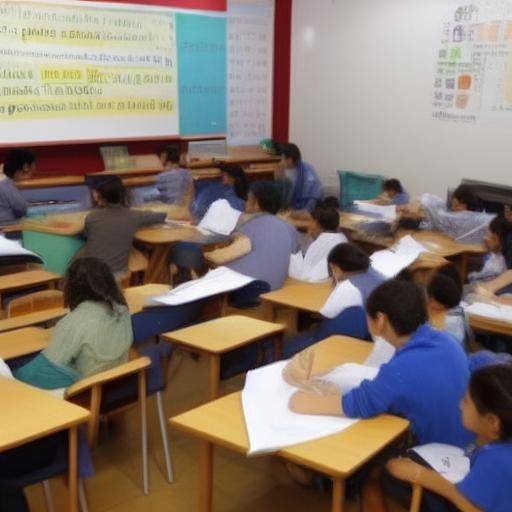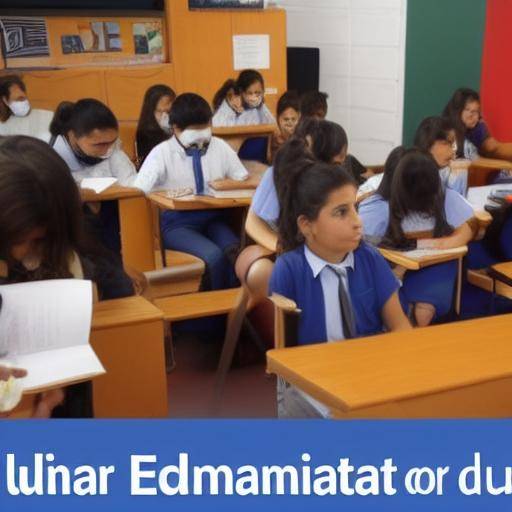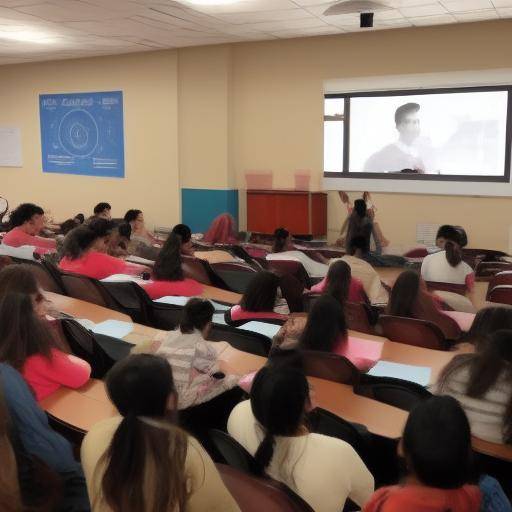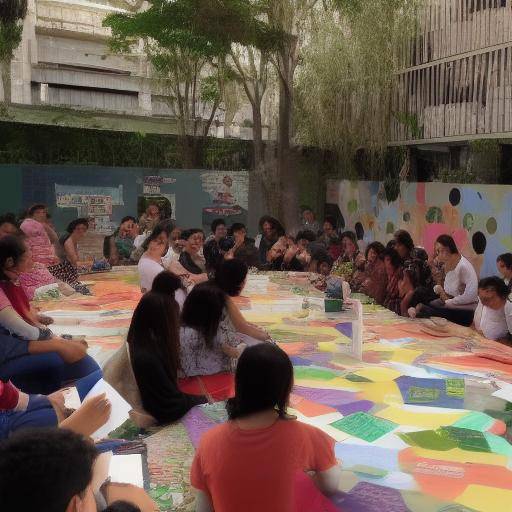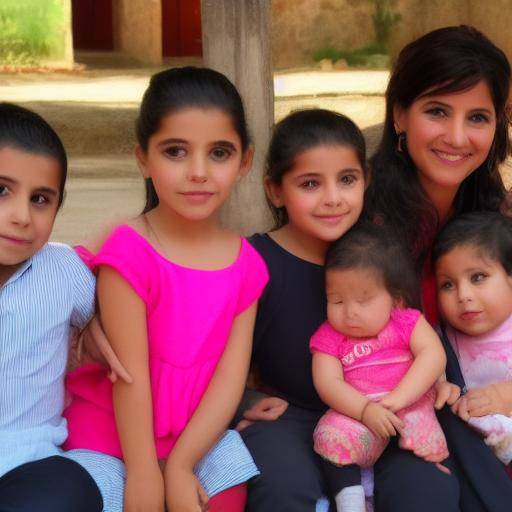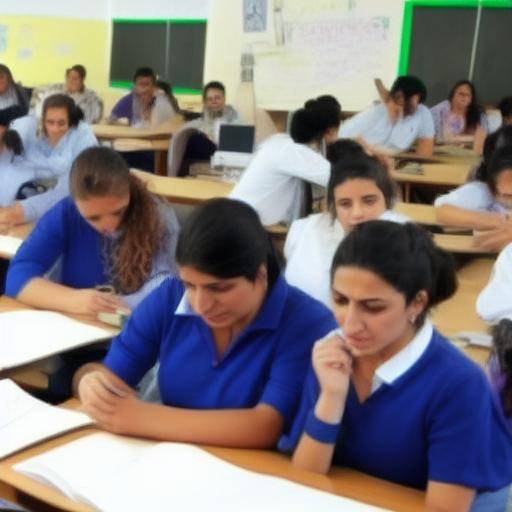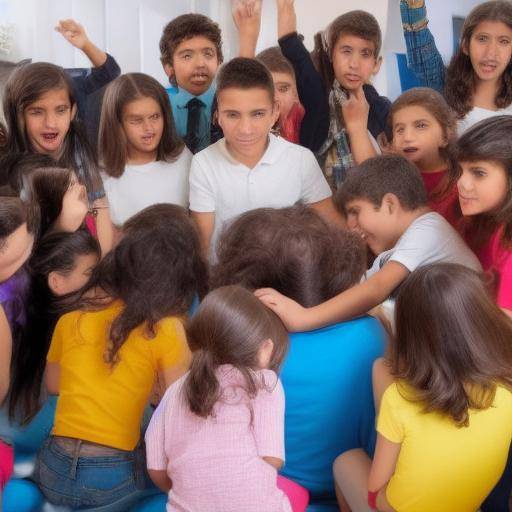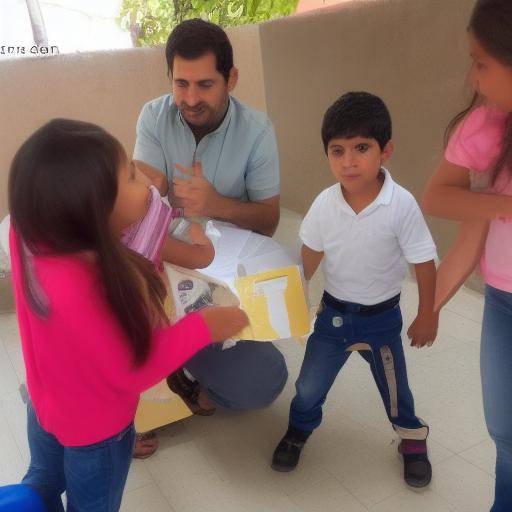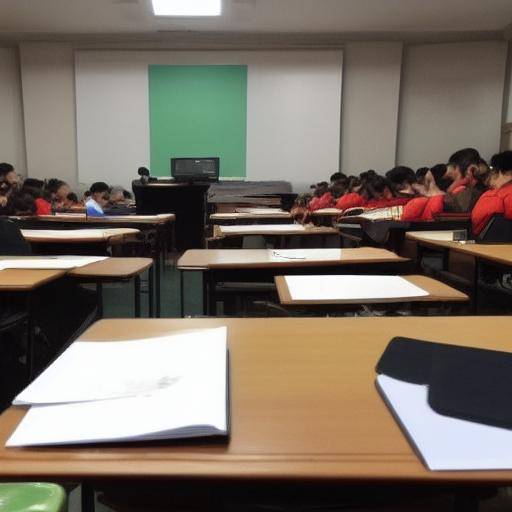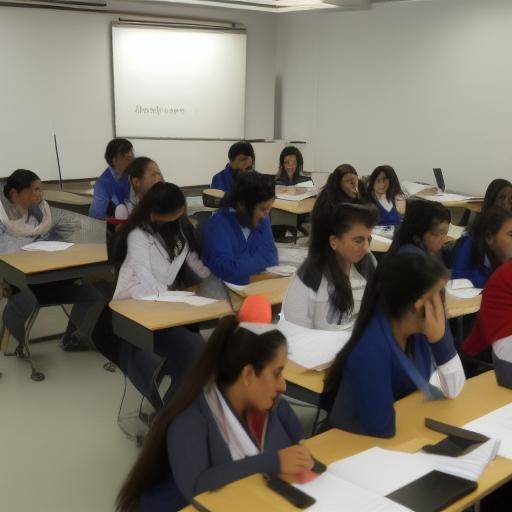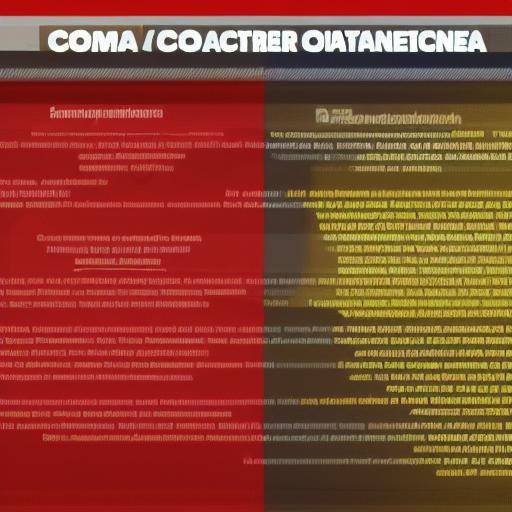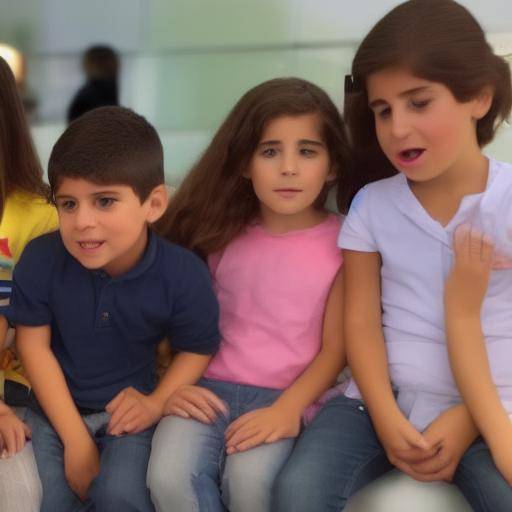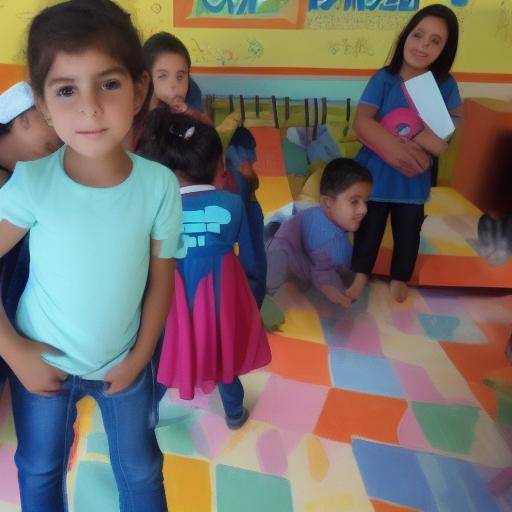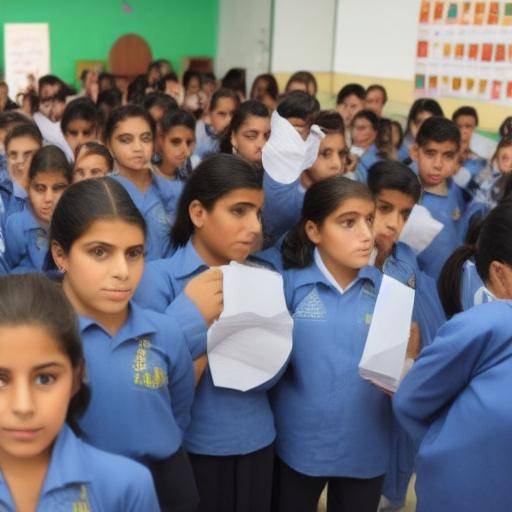
Migration is a global phenomenon that has significantly influenced the evolution of societies and has transformed the cultural configuration of different regions throughout history. Teaching about migration and its cultural effects is crucial to understanding this process, strengthening empathy and intercultural understanding, and promoting tolerance and respect for diversity. In this article, we will explore in depth migration and its links with culture, providing relevant information, detailed analysis, expert insights, practical recommendations and future predictions that will enrich your understanding of this fundamental issue.
Introduction
Migration, understood as the displacement of people from one region to another, whether within one country or internationally, has been an inherent phenomenon in the history of humanity. From the massive migrations of our ancestors to the current migration movements, this process has influenced the configuration of societies, their culture, economy, and political aspects. Education on migration and its cultural effects represents an opportunity to analyze this phenomenon from a holistic perspective, understanding its historical, sociological, anthropological dimensions, and its impact on local and global culture.
We will then address in detail migration and its cultural effects, from its origins to current trends, providing a comprehensive view of this exciting issue.
History and Background
Migration has played a crucial role in the formation and transformation of societies throughout history. From the movements of the first settlers to contemporary migrations, this phenomenon has left a mark on the cultural and social evolution of the communities. Exploring the historical background of migration and its cultural effects allows us to understand the complexity of this process and its influence on the development of civilizations.
Migration throughout History
The study of migration brings us to the most significant passages in history. From prehistoric migrations that populated entire continents, to migratory movements forced by war conflicts or economic crises, migration has been a constant in human experience. Understanding how these population movements have contributed to the mix of cultures, the diffusion of ideas, technologies, and the exchange of customs is essential to glimpse the wealth and cultural diversity generated by migration over time.
Significant Milestones and Developments
During different historical periods, various events have marked significant milestones in the migratory phenomenon. The expansion of empires, slavery, migration for religious, political, and economic reasons, as well as forced displacements caused by war conflicts, revolutions, and natural disasters, have changed the course of migration and its impact on the culture and formation of collective identities. Studying these key moments gives us a broad and profound perspective on migration and its cultural effects.
Detailed Analysis
The detailed analysis of migration and its cultural effects gives us the opportunity to explore in depth the many aspects involved in this phenomenon. From the benefits and challenges associated with migration, to the current trends and effects of globalization on migratory flows, this approach allows us to understand the complexity of this issue and its implications in contemporary society.
Benefits of Migration
Migration has been an engine of cultural, social, economic, and technological change throughout history. The diversity of experiences and perspectives from different cultural contexts has enriched the intellectual and creative heritage of host societies, fostering innovation, creativity, and the development of a vibrant multicultural environment. Migration has also been an escape mechanism for those seeking to improve their quality of life, escape conflicts, persecutions, or natural disasters, providing opportunities for a new beginning and the possibility of contributing to the enrichment of host communities.
Migration Challenges
Despite benefits, migration also poses significant challenges. Intercultural tensions, discrimination, socio-economic integration and the preservation of cultural identities are some of the challenges that arise in contexts of migration. Addressing these issues in an inclusive and equitable manner is crucial for effective management of migration processes and their impact on receiving communities.
Current Trends and Challenges
Current trends in migration are shaped by a number of factors, including demographic changes, economic inequalities, geopolitical conflicts, and the impact of climate change. The increase in migration movements, both voluntary and forced, poses challenges in terms of migration management, human rights protection, social integration, and the creation of inclusive policies that promote peaceful coexistence and shared prosperity.
Perspectives and Diverse Reviews
Migration and its cultural effects are themes that generate diverse perspectives and opinions. From researchers and academics to community leaders and political actors, a wide range of voices contribute to enriching the debate around migration. Listening and understanding these diverse perspectives allows us to obtain a more complete and nuanced view of this complex phenomenon, as well as to identify innovative and equitable solutions.
Comprehensive review
In-depth exploration of migration and its cultural effects allows us to understand its application in different contexts, identify best practices, and anticipate future trends. This comprehensive approach provides a comprehensive and detailed view of migration and its impact on culture, society, and human coexistence.
Applications and Best Practices
Migration has generated a number of applied experiences that have proven to be effective in managing migration processes, promoting inclusion, and promoting intercultural dialogue. From educational and labor programs for migrants, to community integration initiatives, it is essential to analyze these applications and draw relevant lessons that can be replicated in different contexts.
Expert and Perspective Futures
The opinion of experts on migration and cultural studies gives us a deeper understanding of the challenges and opportunities arising from migration. Its analysis and predictions regarding the future impact of migration on society and culture provide invaluable guidance for informed decision-making and public policy formulation that promote harmonious coexistence and sustainable development.
Comparison of Methods and Approaches
The comparison of methods and approaches in education on migration and its cultural effects allows us to identify the most effective strategies to address this issue in different educational contexts. Analyzing the diversity of pedagogical approaches, educational resources, and innovative practices gives us tools to enrich education on migration and its cultural impact, adapting it to the needs and realities of different groups of students.
Comprehensive analysis of pros and cons
Among the different dimensions of migration and its cultural effects, it is crucial to conduct a thorough analysis of the pros and cons associated with this phenomenon. Understanding in an equitable and comprehensive manner the benefits and challenges arising from migration allows us to take a balanced and comprehensive approach, fostering critical thinking and informed decision-making.
Comparative analysis
Migration, teaching on this subject, and its cultural effects, present multiple points of comparison that allow to identify similarities, contrasts, and areas of possible synergy. This comparative analysis helps to enrich our understanding of the complexity of these issues and to identify areas of intersection that require special attention.
Similarities and Variances
Compare migration, teaching on this phenomenon, and cultural effects allow us to identify both similarities and significant differences. The points of convergence give us the opportunity to explore the common links between these aspects and their interaction, while the differences provide a holistic perspective on the diversity of challenges, opportunities, and nuances that characterize each of these issues.
Examples and Scenarios Detailed
Through detailed examples and scenarios, we can specifically illustrate the connections between migration, teaching, and cultural effects. These examples allow us to identify specific situations in which these dimensions are intertwined, as well as to illustrate how each of them contributes to the enrichment and evolution of society as a whole.
Applicable Tips and Recommendations
Providing practical advice and recommendations for education on migration and its cultural effects is critical to providing concrete guidance to educators, community leaders, and professionals interested in addressing this issue from a holistic and effective perspective. These recommendations should be clear, detailed, and supported by evidence and good practices.
Orientation Step by Step
Providing step-by-step guidance on how to address education on migration and its cultural effects provides educators and community leaders with a clear and structured framework for developing effective educational programmes. From the selection of teaching resources to the design of interactive activities, these steps guide the teaching process in a coherent and effective manner.
Details and Justifications
Accompaniing practical recommendations with detailed explanations and solid justifications strengthens understanding of why certain educational strategies are effective and how they can positively impact the understanding and appreciation of migration and its influence on culture. These explanations are based on evidence, experience, and expert knowledge, offering solid and reliable support for implementation.
Numeral Lists or Points with Vineyards
The use of numbered lists or dots with vineyards facilitates the understanding and retention of practical recommendations, offering a clear and organized presentation of the information. This structure helps readers to internalize councils and recommendations effectively, facilitating their practical application in educational and community environments.
Industry Perspectives and Expert Reviews
Gathering industry perspectives and opinions of experts on migration, education and cultural studies, gives us a comprehensive and up-to-date view on the latest trends, challenges, and developments in these areas. These views provide a valuable guide to identifying areas of opportunity, anticipating changes, and understanding the future implications of migration and its cultural impact.
Future Implications and Sector Trends
Analyzing the future implications and trends of the sector in relation to migration and cultural effects gives us a prospective look at the changes that could influence how we approach and understand these issues in the future. These projections provide a solid basis for informed and strategic decision-making in the educational, community, and political spheres.
Interviews and Expert Quotes
Interviews and appointments of experts in migration and cultural studies enrich the content by offering the opinions and analysis of thought leaders who have dedicated their career to studying and understanding these issues. These contributions enrich the debate, provide valuable insights, and add authority and credibility to the content.
Case Studies and Real Life Applications
Case studies and applications in real life constitute concrete examples that illustrate the relevance and impact of migration and its cultural effects in specific contexts. These real cases offer a pragmatic view of how migration impacts on culture and how it is addressed from different perspectives at local, national, and international levels.
Results and Lessons Learned
Analyzing the results and lessons learned from real case studies allows us to understand in detail the dynamics and consequences of migration and its influence on culture. These illustrative examples provide us with tangible examples of how migration impacts on everyday life, as well as strategies that have proven to be effective in addressing the challenges associated with this phenomenon.
Future Trends and Predictions
Exploring future trends and predictions about migration and its cultural effects gives us a projected vision of how these issues will evolve over the next few years. These projections allow us to anticipate challenges, opportunities, and changes that will influence the way we understand, teach, and address migration and its impact on culture.
Emerging Trends Related to Migration
Emerging trends related to migration provide a dynamic and up-to-date view of how this phenomenon is evolving in response to demographic changes, geopolitical movements, and social transformations. These trends give us keys to where the debate around migration is heading and how society is responding to the challenges and opportunities associated with this phenomenon.
Current Data and Expert Reviews
Current data-based predictions and expert opinions provide us with an informed guidance on how migration and its cultural effects could be developed in the future. These predictions are based on data analysis, academic research, and the accumulated experience of experts, offering a solid overview of possible trajectories and scenarios that could influence the evolution of migration and its impact on culture.
Conclusions
In short, education on migration and its cultural effects is a fundamental pillar for understanding the complexity and wealth of this global phenomenon. From its historical background to future trends, migration and its influence on culture demand a comprehensive approach and deep understanding to address its challenges and take advantage of its opportunities in an equitable and sustainable manner.
Frequently asked questions
Why is it important to teach about migration and its cultural effects?
Teaching about migration and its cultural effects is crucial to fostering intercultural understanding, promoting empathy, and strengthening respect for diversity. It also provides tools to address the challenges and opportunities associated with migration in an informed and equitable manner.
What are the main benefits of migration?
Migration provides cultural diversity, stimulates innovation, and provides opportunities for personal and social development. It can also offer shelter to those who seek to improve their quality of life and escape conflict or crisis.
What are the most common challenges associated with migration?
Migration can generate intercultural tensions, discrimination, and challenges in terms of socio-economic integration. Preserving cultural identities and promoting peaceful coexistence in contexts of diversity are also significant mistrusts associated with migration.
What are the current trends in migration?
Current trends in migration are influenced by demographic changes, economic inequalities, geopolitical conflicts, and the impact of climate change. These factors contribute to increased migration movements, both voluntary and forced, posing challenges in terms of migration management and human rights protection.
How can I effectively teach about migration and its cultural effects?
To effectively teach about migration and its cultural effects, it is important to combine diverse educational resources, promote inclusive dialogue, and promote activities that encourage critical reflection and empathic understanding. In addition, contextualizing migration in specific and current situations can enrich the learning experience.
What impact does migration have on local and global culture?
Migration influences local and global culture by enriching cultural diversity, fostering intercultural interaction, and promoting transformations in customs, gastronomy, art, and social practices. Migration can also generate creative synergies and contribute to the development of a vibrant multicultural society.
What are the main predictions about migration and its future cultural effects?
The predictions on migration and its future cultural effects point to greater cultural diversity, changes in demographic dynamics, and a growing global interconnection. In addition, greater attention is expected to social integration, intercultural inclusion, and the protection of the human rights of migrants.
Conclusion
Migration and its cultural effects represent a fundamental field of study to understand the complexity and wealth of contemporary society. In teaching on migration, intercultural understanding is encouraged, respect for diversity is promoted, and future generations are prepared to address the challenges and opportunities associated with this global phenomenon in an informed and equitable manner. This comprehensive and comprehensive approach provides tools to address the challenges of migration and take advantage of its benefits, contributing to the construction of more inclusive and supportive societies.

